VHO - Under the scorching heat of nearly 40 degrees in the historic Lam Son region, the working group of the Department of Culture, Sports and Tourism of Thanh Hoa is still diligently checking each tomb, each stele, each national treasure at the Lam Kinh National Special Relic Site. In the midst of the sacred and hot atmosphere, efforts to preserve the national soul are being made not only by responsibility but also by the community's cooperation.
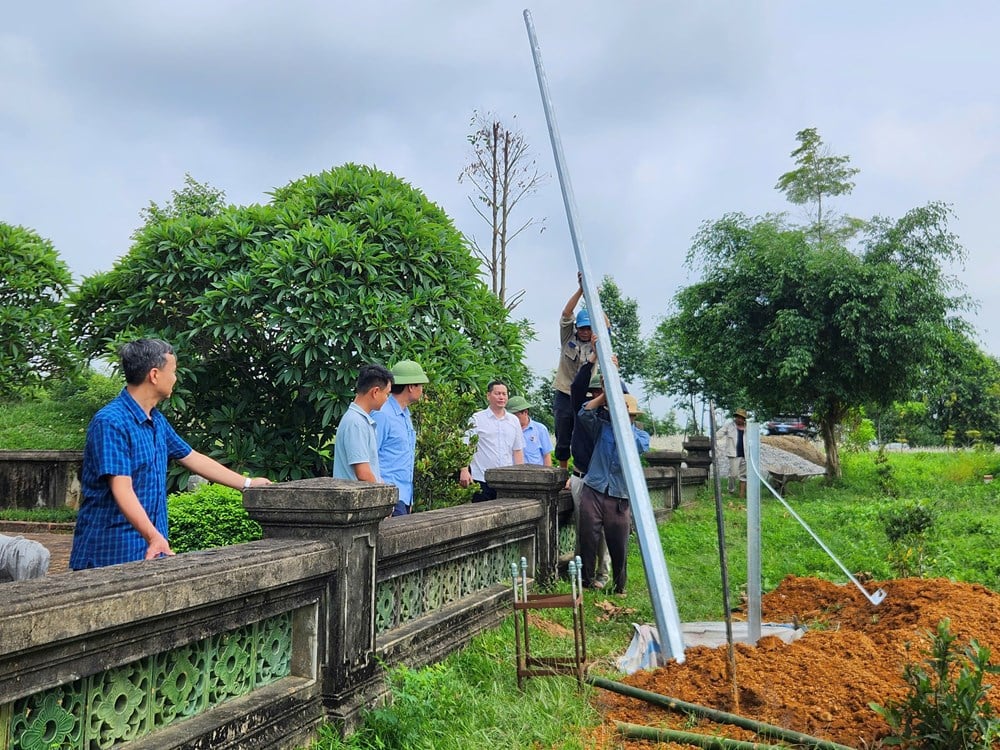
The cool breeze of early summer morning could not dispel the sweltering heat radiating from the Lam Son region, the birthplace of the Later Le Dynasty. Together with a delegation from the Thanh Hoa Department of Culture, Sports and Tourism, we were present at the Lam Kinh National Special Relic Site to inspect the current status of tomb and treasure protection work and the progress of installing lighting systems and security cameras.
At the scene, Director of the Department of Culture, Sports and Tourism Pham Nguyen Hong directly inspected each relic site such as the Tomb of King Le Tuc Tong, the Tomb of King Le Thai To, the Tomb of King Le Thai Tong... to national treasures including Vinh Lang Stele, Khon Nguyen Chi Duc Stele, Chieu Lang Stele, Du Lang Stele, Kinh Lang Stele and the treasure display area.
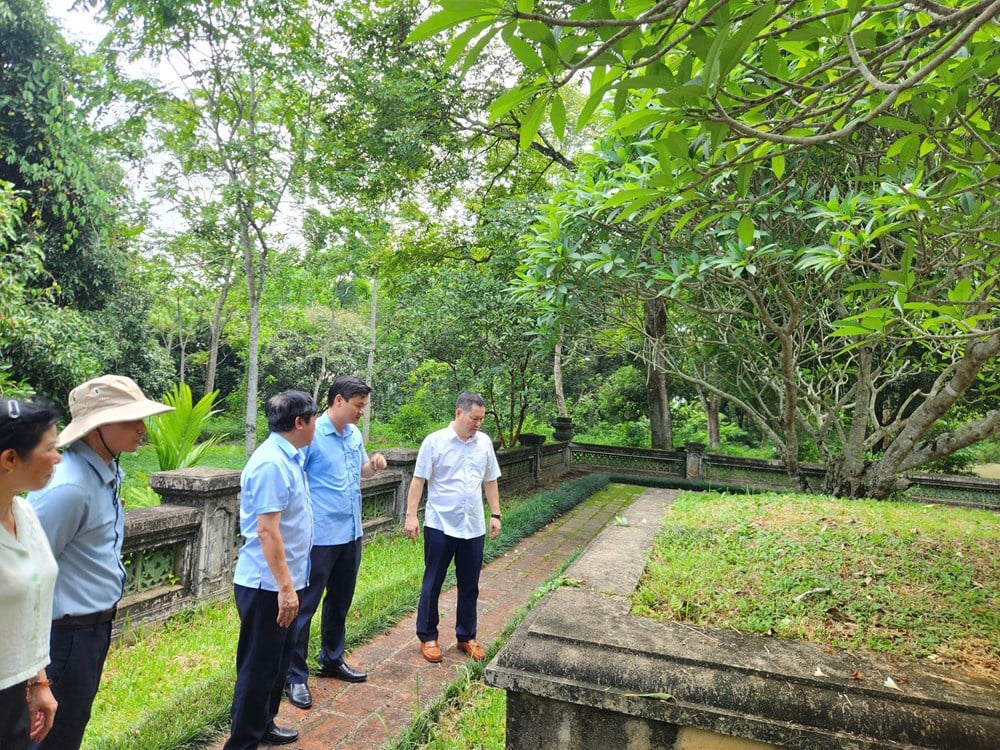
Despite the harsh weather, he and his team still carefully examined each completed and installed item, from the lighting system for the mausoleum , national treasures to compact cameras cleverly arranged under the canopy of ancient trees.
According to records, the entire lighting system and surveillance cameras at the relic site were installed with socialized capital. Notably, Xuan Hung Group and businesses belonging to the Young Entrepreneurs Association are the units that fully funded the cost, to join hands to protect the national heritage.

“Throughout the history of building and defending the country, Thanh Hoa has always been considered a sacred land, where the essence of Vietnamese culture is crystallized. This is not only a heritage, but also an important resource to promote socio -economic development for Thanh Hoa province,” said Mr. Nguyen Van Hai, Director of the Center for Historical Research and Conservation of Thanh Hoa Cultural Heritage , at the inspection.
Not only stopping at installing security equipment, the cultural sector also synchronously deploys many heritage protection measures, including reviewing and inventorying relics, artifacts, antiques, and national treasures; assessing the management status at relic management boards/teams; and developing plans to promptly handle acts of encroachment on relics.
“We have issued many documents urging localities, especially emphasizing the role of the community in protecting heritage. Because without the cooperation of the people, no matter how many cameras and security guards there are, we cannot preserve the spirit of heritage,” Mr. Hai added.
In fact, many thefts and violations of relics across the country occur in places lacking supervision and investment. Therefore, Thanh Hoa's proactive coordination with businesses and utilization of socialized resources is a commendable move.
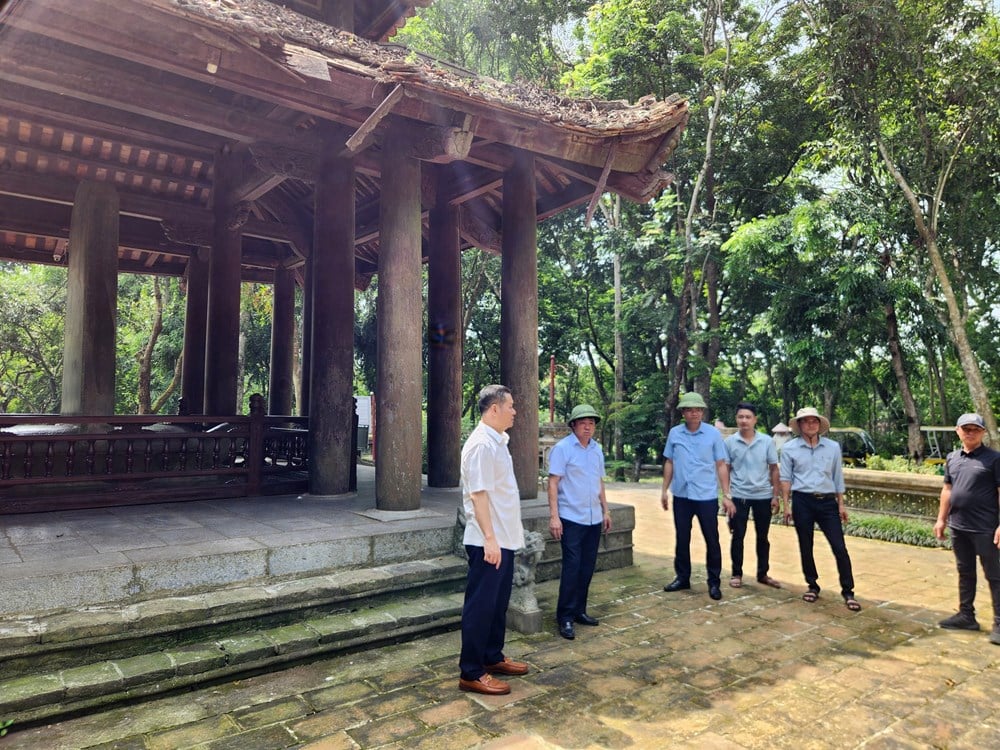
In addition to technology, the human factor is also given special attention by the cultural sector. Security forces at key relics such as Lam Kinh are required to patrol 24/7, fully equipped with security support tools, and coordinate with local police to promptly handle all situations.
Another notable content is the work of community education and propaganda. The provincial cultural sector has deployed communication campaigns in schools, residential areas, and on social networking platforms to raise awareness among people, especially young people, about the role and responsibility of preserving national cultural heritage.
Coming back from the relic site, while the sun was still pouring down on the ground, we saw groups of workers diligently completing the lighting system around the Le Tuc Tong Tomb, the resting place of King Le Tuc Tong (1488-1504), the 7th emperor of the Later Le Dynasty. Under the harsh sunlight, they worked nonstop, as if they were contributing to writing a new chapter in the preservation of Vietnam's heritage.
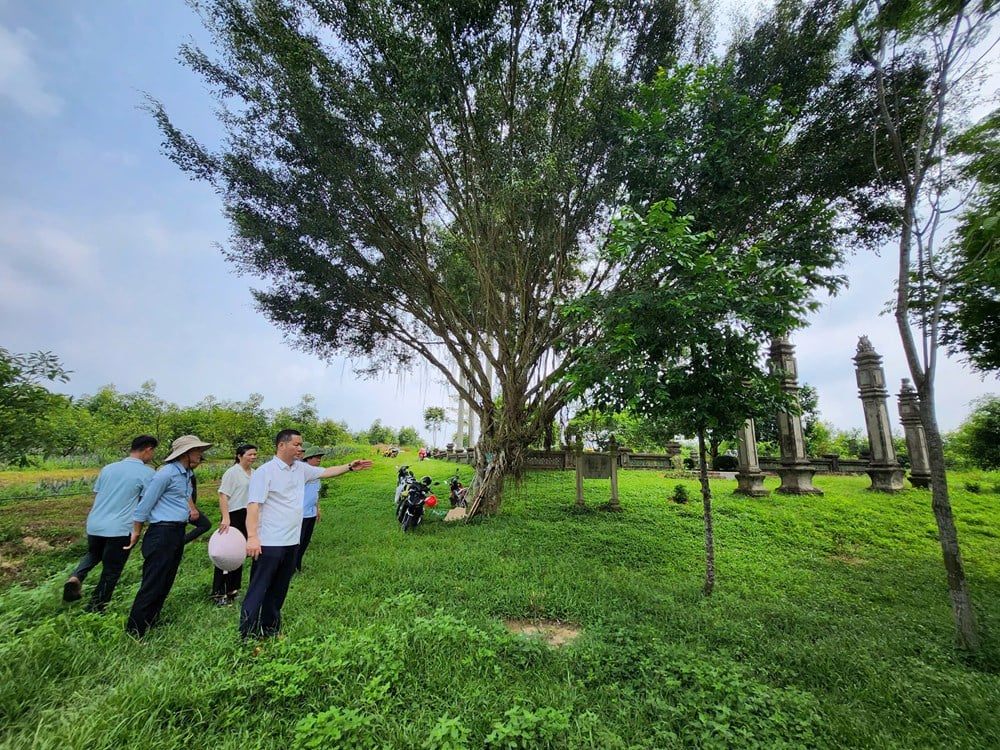
Lam Kinh - a sacred place not only because of the remains of the emperors but also because of the people who silently preserve each brick and each stone, so that the past is not forgotten. And today, with the joint efforts of the Department of Culture, Sports and Tourism, businesses and the community, that relic site shines both figuratively and literally as a symbol of culture and pride of Thanh land.
Source: https://baovanhoa.vn/van-hoa/bao-ve-di-san-bang-tam-huyet-va-xa-hoi-hoa-140130.html


![[Photo] Unique Phu Gia horse hat weaving craft](https://vphoto.vietnam.vn/thumb/1200x675/vietnam/resource/IMAGE/2025/10/10/1760084018320_ndo_br_01-jpg.webp)
![[Photo] Opening of the World Cultural Festival in Hanoi](https://vphoto.vietnam.vn/thumb/1200x675/vietnam/resource/IMAGE/2025/10/10/1760113426728_ndo_br_lehoi-khaimac-jpg.webp)

![[Photo] Ho Chi Minh City is brilliant with flags and flowers on the eve of the 1st Party Congress, term 2025-2030](https://vphoto.vietnam.vn/thumb/1200x675/vietnam/resource/IMAGE/2025/10/10/1760102923219_ndo_br_thiet-ke-chua-co-ten-43-png.webp)


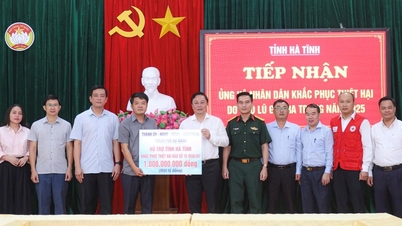



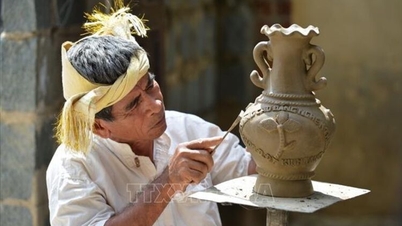



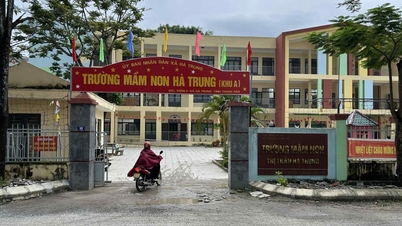

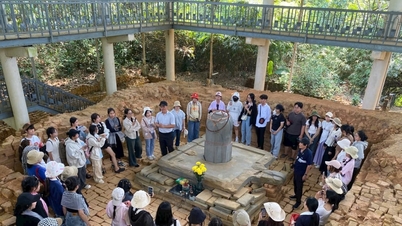




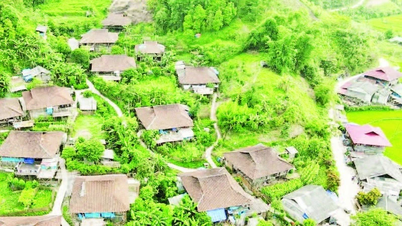

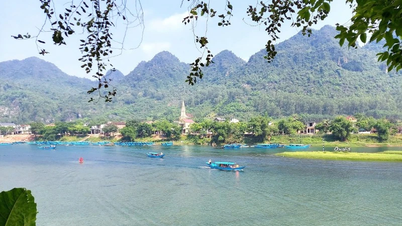
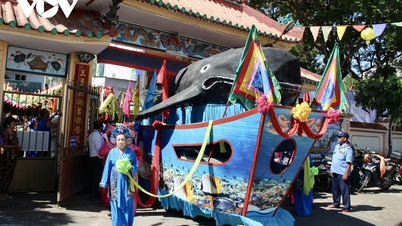




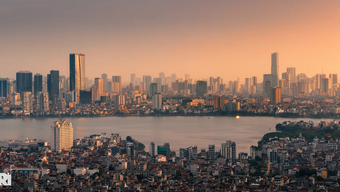





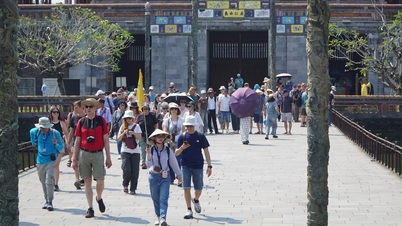




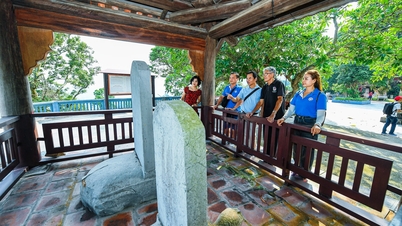





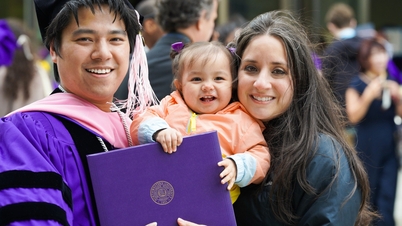




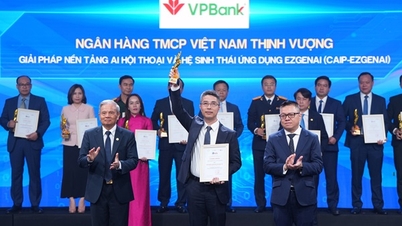





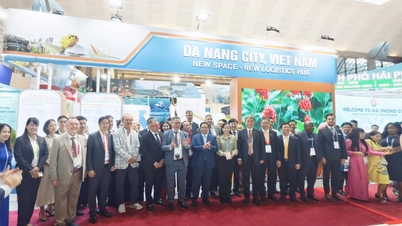







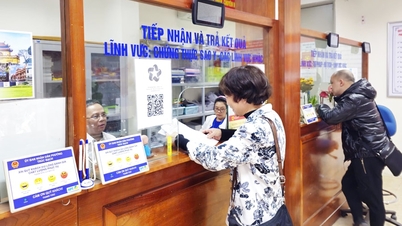





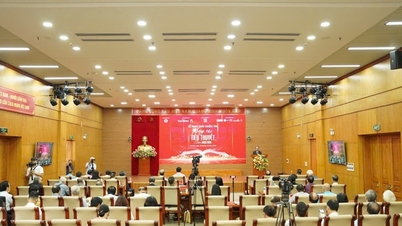
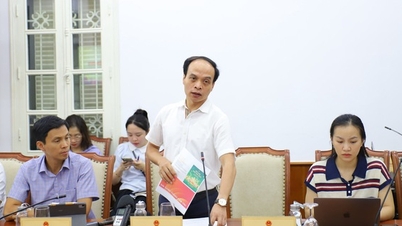





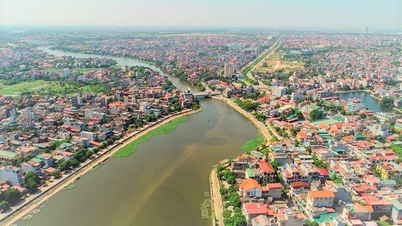




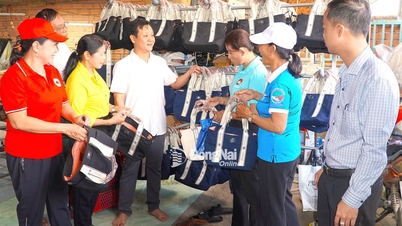
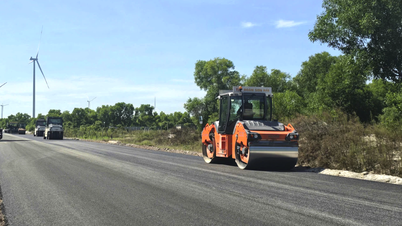













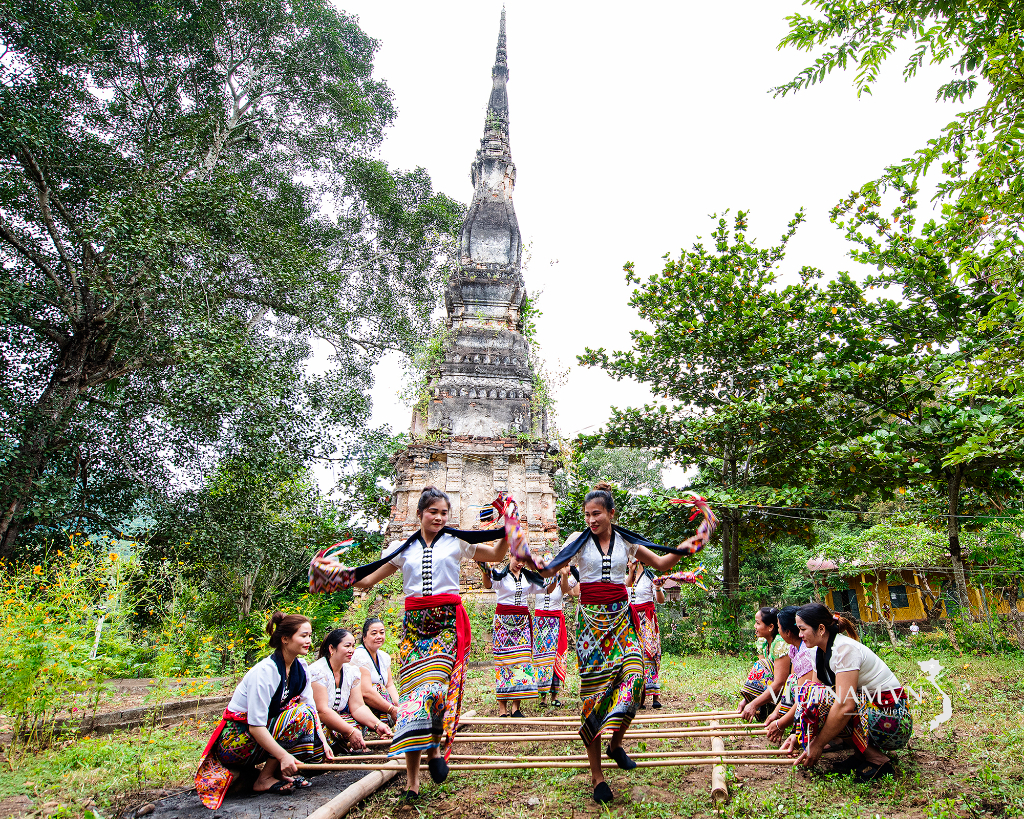

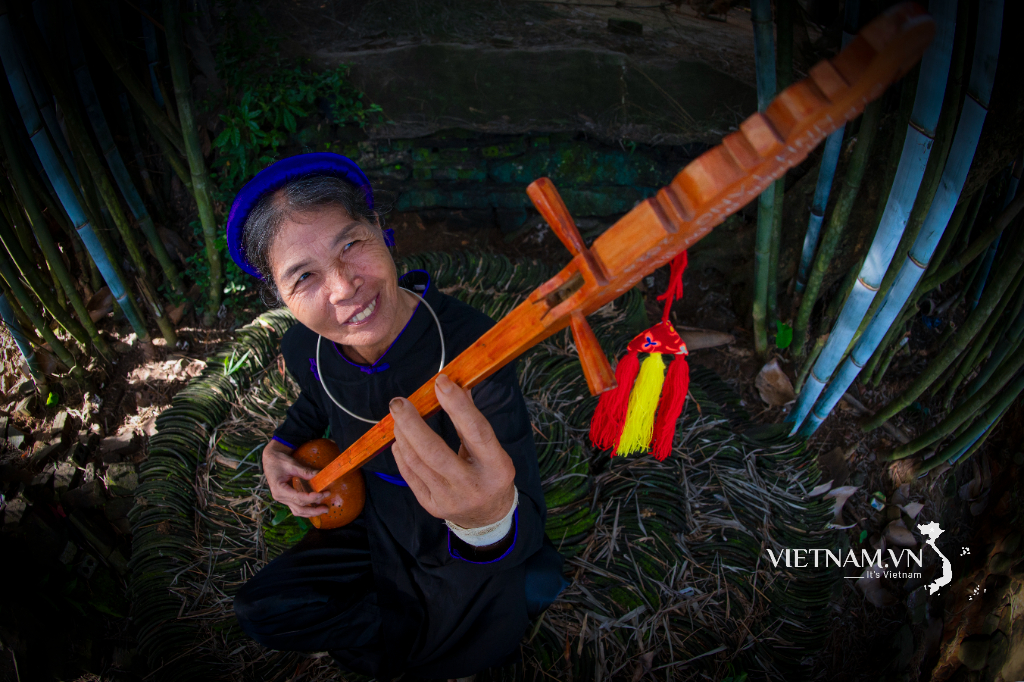
Comment (0)